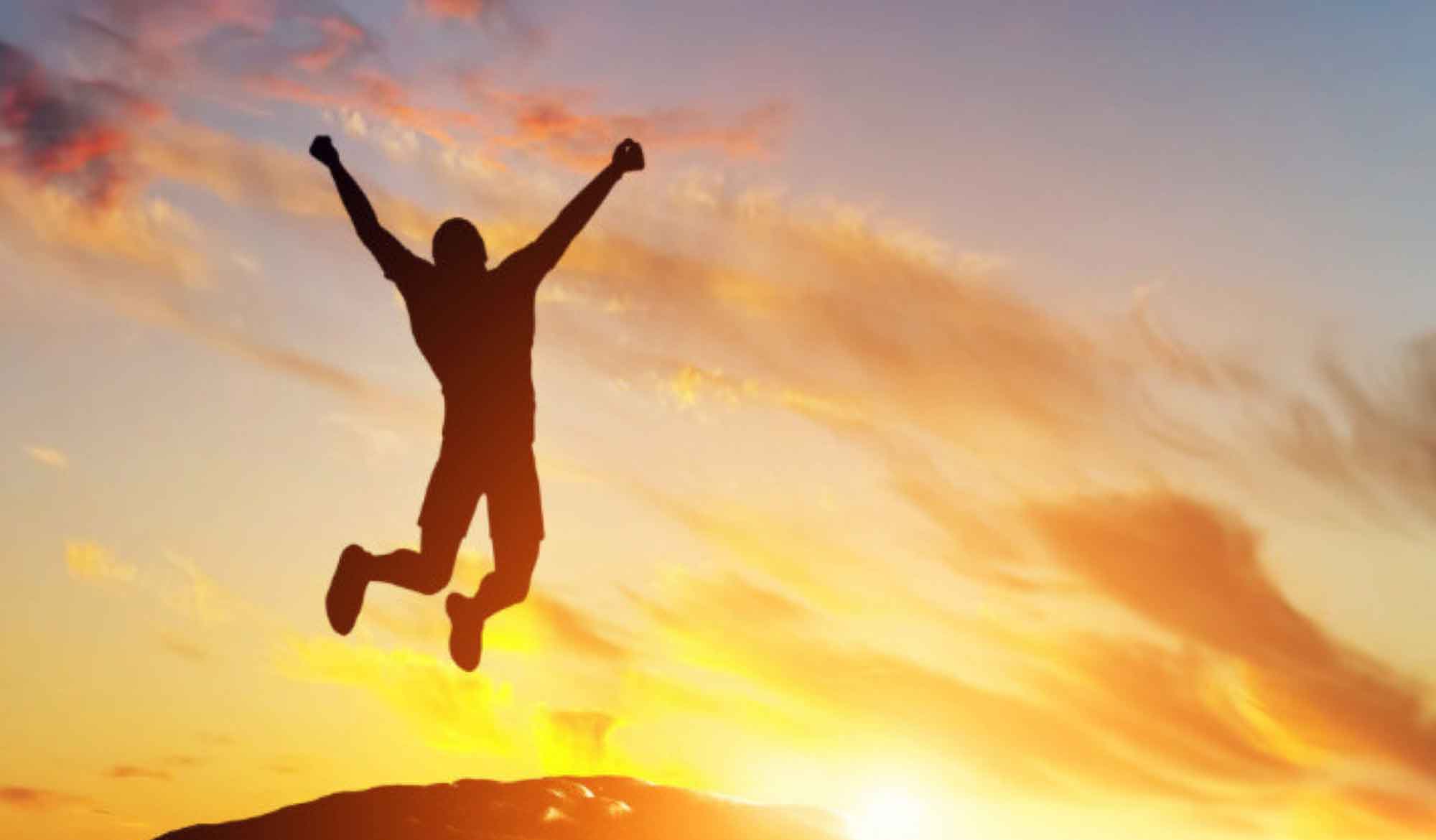Overview
Kavi Rāma Prasāda (The Poet Rāma Prasāda) was published in Sajjana Toṣaṇī, Vol.7, Issue 7 in 1895. Bhaktivinoda Ṭhākura talks about the famous Bengali Śākta poet, Rāma Prasāda, and notes how he performed sādhana at a place that was famous due to the presence of Gaura-Nityānanda.
(translated by Swami B.V. Giri)
We became intrigued after reading Śrīyukta Rasika-candra Basu Mahāśaya’s article, ‘Kavi Rāma Prasāda’ in Navya Bhārata, dated 1302 Śravaṇa (July-August 1895 CE). We heard from elders long ago that the poet Rāma Prasāda was a Śākta brāhmaṇa. He used to be employed in the house of Śīla Bābu in Cuṅcuḍā-grāma. Later he moved to Kumārahaṭṭa village. Some people there said that the songwriter Rāma Prasāda was a vaidya of the Sena Dynasty and a resident of Kumārahaṭṭa. At that time, we were surprised to hear that. Anyway, reading the following verses quoted by Rasika Bābu has brought us joy about something:
dharātale dhanya se kumārahaṭṭa-grāma
tatra-madhye siddha-pīṭha rāma-kṛṣṇa-dhāma
śrī-maṇḍupa jāgrata śaileśa-putrī yathā
niśā-kāle caritārtha śrī-rañjana tathā
kiñcit tiṣṭhile phalāpekṣā chila kibā
kṣīṇa-puṇya dekhi’ viḍambanā kaila śivā
śrīmatī parameśvarī sarva-jyeṣṭha sutā
śrī-kavi-rañjane bhaṇe kavita adbhūta
(“The Village of Kumārahaṭṭa is most blessed in the world, and within that, there is the siddha-pīṭha [place of perfection] of Rāmakṛṣṇa Dhāma. Staying awake at the maṇḍapa, the daughter of the Himalayas appeared. At night, Śrī Rañjana [Rāma Prasāda] attained satisfaction. What would be the result if he would have waited a little longer? Seeing me as being less pious, Śivā cheated me. Śrīmatī Parameśvarī is the eldest daughter of all. The poet Śrī Rañjana says that this poem is mysterious.”)
Everyone is aware that Kumārahaṭṭa (Hālisahara) is a famous holy place on the banks of the Gaṅgā. It is written in Śrī Caitanya-bhāgavata that when Śrīman Mahāprabhu went to Kumārahaṭṭa, He took soil from the birthplace of His guru Śrī Īśvara Purī, and His companions, a large number of Vaiṣṇavas, also took handfuls of soil from that place. When taking the soil, the Lord said that the land of Kumārahaṭṭa is blessed. That is because a great jewel such as Īśvara Purī took birth there. People say that the place from which the Lord and those that came after Him dug up the soil is famous and is now known as Caitanya Ḍobā (‘Caitanya’s pond’). When Mahāprabhu became a sannyāsī and went to Utkala (Orissa), He left Śrī Navadvīpa and came to this place where Śrīvāsa Paṇḍita lived. After that, Mahāprabhu and Nityānanda Prabhu came there from time to time. The Vaiṣṇavas know Mahāprabhu as Kṛṣṇa and Nityānanda as Rāma (Balarāma). It seems that later, Vaiṣṇavas used to call this place in the town of Kumārahaṭṭa as Rāmakṛṣṇa Dhāma.*
* Translators Note: After Mahāprabhu accepted sannyāsa, out of separation, Śrīvāsa Paṇḍita also left Navadvīpa and resided in Kumārahaṭṭa.
Whether Rāma Prasāda was a brāhmaṇa or from another caste, he was not a person from long ago, in other words, he was born long after Mahāprabhu. Even though he was a Śākta ascetic, if he prayed at Rāmakṛṣṇa Dhāma on the banks of the Gaṅgā, he would quickly attain siddhi (perfection), so with this hope, he thought he would attain siddhi if he did bhajana of his deity at Rāmakṛṣṇa Dhāma.
Rasika Bābu is an educated and inquisitive man, so he is a great friend to Bengal. He should not read texts like Kālī-kīrtana etc – that is our suggestion. He should go to Rāmakṛṣṇa Dhāma himself and search! The brāhmaṇa, Rāma Prasāda attained bhajana-siddhi at Śrīvāsa-aṅgana – if he (the author) can understand this, the world will be benefitted. In this regard, we hope to find many more secrets in Rasika Bābu’s second article.













